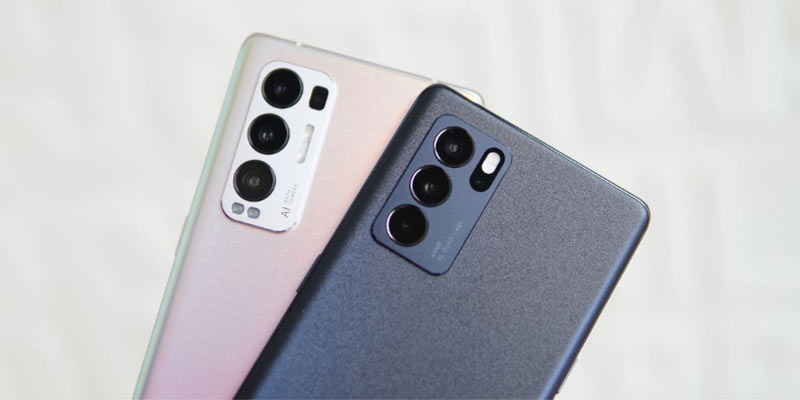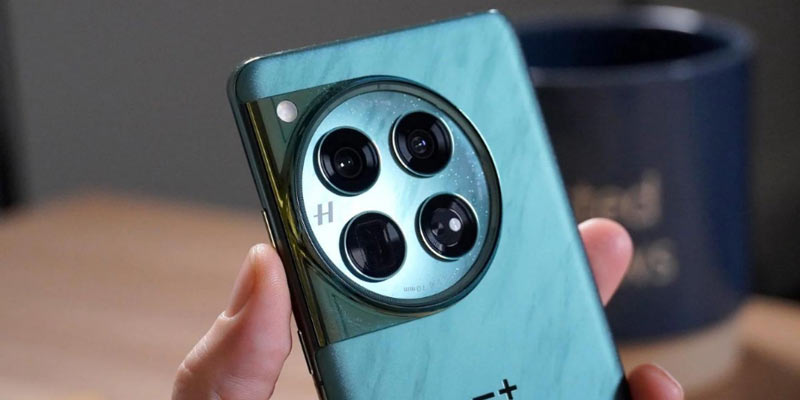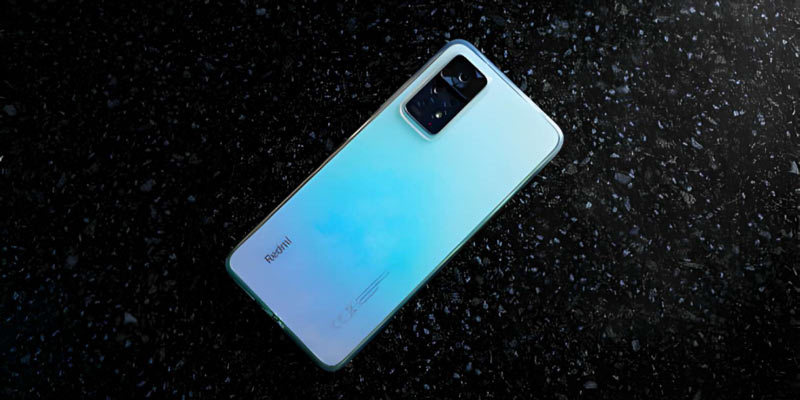Xiaomi fans from all over the globe are eagerly waiting for something new and exciting from the brand – the arrival of HyperOS 1.0 and with good reason. The excitement has only intensified with the announcement that the first wave of devices set to receive the update includes nine Xiaomi models. The highly anticipated Xiaomi 14 lineup is spearheading this rollout, but the good news extends to owners of other recent flagship devices as well.
Here, we will explore all nine devices, excluding the Xiaomi 14 lineup, geared to receive the highly anticipated software update. From the specifics of HyperOS 1.0 to the specifications of the devices destined to feature it, this is a comprehensive guide to Xiaomi’s flagship devices and their newest operating system.
What is HyperOS 1.0?
Before delving into the specifics of the supported devices, it’s essential to understand what HyperOS 1.0 brings to the table. Designed to help the expanding Internet of Things (IoT) landscape, the HyperOS is an innovative operating system. It facilitates seamless connections among diverse devices, elevating overall performance and interconnectivity. HyperOS is intricately crafted on the Linux foundation, harnessing the power of Xiaomi’s Vela system to optimize efficiency and resource utilization. Xiaomi further fosters open-source development by employing Xiaomi Vela to construct a human-centric ecosystem—consequently, HyperOS 1.0 links personal devices, automobiles, and smart home technologies.
Devices Confirmed To Receive The HyperOS 1.0 Update
Xiaomi’s latest operating system promises a seamless and enhanced user experience. Users worldwide (excluding China) can expect to receive this update starting Q1 2024. A total of nine devices are in line to embrace HyperOS 1.0, with eight smartphones and one tablet making the list
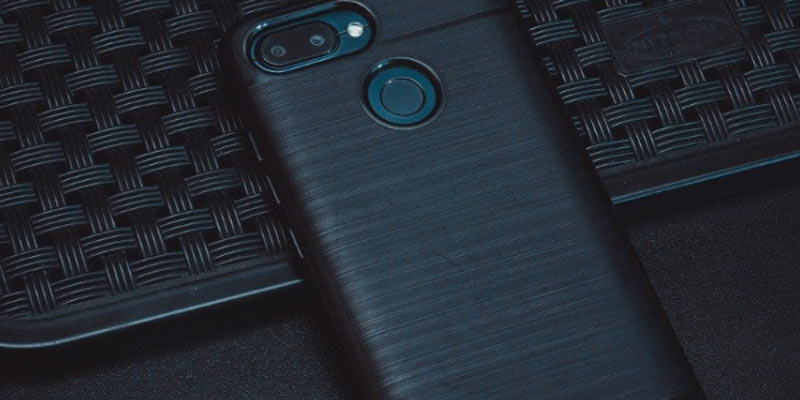
Xiaomi 13
The Xiaomi 13 is a testament to Xiaomi’s commitment to cutting-edge technology. The device boasts a more extensive yet sleek and lightweight design, which is surprising, considering its glass back, Gorilla Glass front, and glossy middle frame. The 6.36″ OLED display, featuring Dolby Vision and HDR10+, delivers stunning visuals with a resolution of 1080x2400px and a 120Hz refresh rate. It also boasts a whopping 1900 nits peak brightness.
Featuring the Qualcomm Snapdragon 8 Gen 2 chipset, the Xiaomi 13 comes with either 8GB or 12GB RAM and 256GB internal storage, delivering impressive performance. Its camera setup is outstanding, with a 50MP primary lens, a 10MP telephoto lens with 3.2x optical zoom, and a 12MP ultra-wide lens. The 32MP front camera ensures crisp and detailed selfies. Additionally, the device features a robust 4500mAh battery with 67W wired and 50W wireless charging capabilities.
Xiaomi 13 Pro
The Xiaomi 13 Pro takes innovation to the next level, featuring a larger 6.73″ LTPO OLED display with a stunning glass back. The device boasts a resolution of 1440x3200px and a 120Hz refresh rate to ensure crisp and clear visuals.
The Qualcomm Snapdragon 8 Gen 2 chipset, coupled with options for 8GB or 12GB RAM and up to 512GB of internal storage, ensures a smooth and responsive user experience. The camera system is a standout, comprising a 50.3MP primary lens that relies on a beloved 1″ Sony sensor. With a 50MP telephoto lens with 3.2x optical zoom, a 50MP ultra-wide lens, and a 32 MP front camera, the Pro guarantees a stellar photography experience. The Xiaomi 13 Pro features a robust 4820mAh battery and supports rapid charging, boasting 120W wired and 50W wireless charging capabilities.
Xiaomi 13 Ultra
The Xiaomi 13 Ultra raises the bar with its premium build, incorporating Gorilla Glass Victus and an eco-leather back. Its 6.73″ LTPO AMOLED display, with Dolby Vision and HDR10+, offers an immersive visual experience at a resolution of 1440x3200px and a 120Hz refresh rate.
Under the hood, the Snapdragon 8 Gen 2 chipset powers the device, complemented by 12GB or 16GB RAM and storage options ranging from 256GB to 1TB. The camera setup is spectacular, featuring a quad configuration with multiple telephoto lenses for versatile zoom capabilities. Xiaomi’s partnership with Leica ensures you get a high-end camera system. The 5000mAh battery supports 90W wired and 50W wireless charging, providing swift and reliable power replenishment.
Xiaomi 13T
The Xiaomi 13T is an upper-midrange device that stands out with its 6.67″ AMOLED display boasting a high 144Hz refresh rate and Dolby Vision support. Driven by the MediaTek Dimensity 8200 Ultra chipset, this device combines power and efficiency. With a range of 8GB or 12GB RAM and 256GB internal storage, users have ample space for their content. It also has a premium build with Gorilla Glass 5 and an optional vegan leather back.
The smartphone camera system features a 50-megapixel telephoto lens and primary lens with 2x optical zoom, as well as a 12-megapixel ultra-wide lens. The 20MP front camera caters to selfie needs. The 5000mAh battery, coupled with 67W wired charging, ensures a reliable power supply for extended usage.
Xiaomi 13T Pro
The Xiaomi 13T Pro is a slightly better version of the vanilla 13T model. It is a powerhouse with a 6.67″ AMOLED display featuring a 144Hz refresh rate and Dolby Vision. Powered by the Mediatek Dimensity 9200+ chipset, it offers exceptional performance. With variants offering 12GB or 16GB of RAM and up to 1TB of storage, users have substantial resources at their disposal.
The camera system mirrors the excellence found in other models, primarily because it was coengineered by the revered Leica. The setup includes a 50MP primary lens and a 50-megapixel telephoto lens, in addition to a 12MP ultra-wide lens. The 20MP front camera ensures high-quality selfies. The device packs a 5000mAh battery, supported by an impressive 120W wired charging capability.
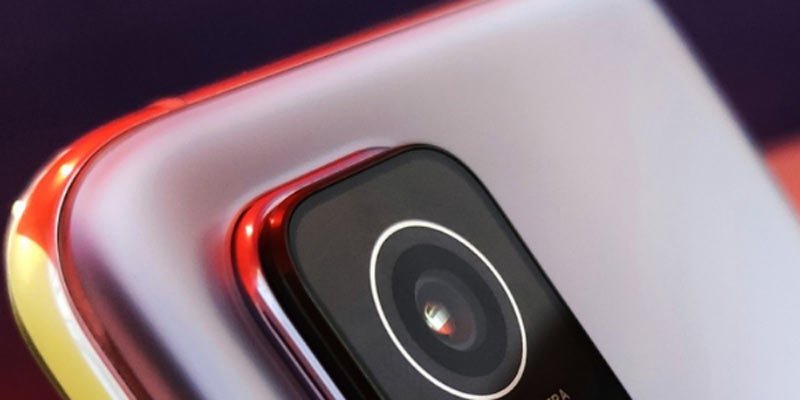
Xiaomi 12T
The Xiaomi 12T impresses with its stunning display, high-resolution camera and speedy fats-charging. Featuring a 6.67″ AMOLED display, boasting a 120Hz refresh rate and HDR10+, the display shows exceptional vivacity. Powered by the MediaTek Dimensity 8100-Ultra chipset, this device balances performance and efficiency. Users can choose between 8GB or 12GB RAM and 128GB or 256GB of internal storage.
The camera setup includes a formidable 108MP primary lens, an 8MP ultra-wide lens, and a 2MP macro lens. The 20MP front camera caters to selfie enthusiasts. The Xiaomi 12T features a robust 5000mAh battery and supports rapid 120W charging, ensuring minimal downtime.
Xiaomi 12T Pro
The Xiaomi 12T Pro’s defining feature is its 200MP camera. It boasts a 6.67″ AMOLED display with a 120Hz refresh rate, Dolby Vision, and HDR10+, protected by a sturdy Gorilla Glass 5 front. This device is equipped with the powerful Qualcomm Snapdragon 8+ Gen 1 chipset, which ensures superior performance. Users can opt for 8GB or 12GB RAM and up to 512GB internal storage.
In addition to the 200 MP camera, The camera system includes an 8MP ultra-wide lens, and a 2MP macro lens. The 20MP front camera guarantees stunning selfies. The Xiaomi 12T Pro features a 5000mAh battery with rapid 120W charging, ensuring a quick turnaround for users on the go.
Xiaomi 11T
The Xiaomi 11T features a 6.67″ AMOLED display with a refresh rate of 120Hz and is capable of displaying up to a billion colors. This device ensures smooth performance and is powered by the MediaTek Dimensity 1200 5G chipset instead of the Snapdragon 888. With configurations offering 8GB of RAM and 128GB or 256GB of internal storage, users have ample space for their files.
The camera setup includes a 108MP primary lens, an 8MP ultra-wide lens, and a 5MP macro lens. The 16MP front camera caters to selfie needs. The Xiaomi 11T features a 5000mAh battery with 67W fast charging, balancing power and efficiency.
Interestingly, the Xiaomi 12 series from the previous year won’t be part of the initial HyperOS 1.0 release. However, Xiaomi ensures that the older Xiaomi 11T will be included in the first wave of devices to receive the update.
Xiaomi Pad 6
Expanding beyond smartphones, the Xiaomi Pad 6 introduces HyperOS 1.0 to the tablet realm. With a sleek design measuring 254.0×165.2×6.5mm and weighing 490g, this tablet features a stylus for added functionality. The 11.00″ IPS LCD with a 144Hz refresh rate and HDR10 support provides a visually engaging experience. Users can choose between 6GB or 8GB of RAM and 128GB or 256GB of internal storage, with the device being powered by the Qualcomm Snapdragon 870 5G chipset.
The camera setup includes a 13MP rear lens and an 8MP front lens. The Xiaomi Pad 6 houses a substantial 8840mAh battery, supporting 33W wired charging for convenient usage.
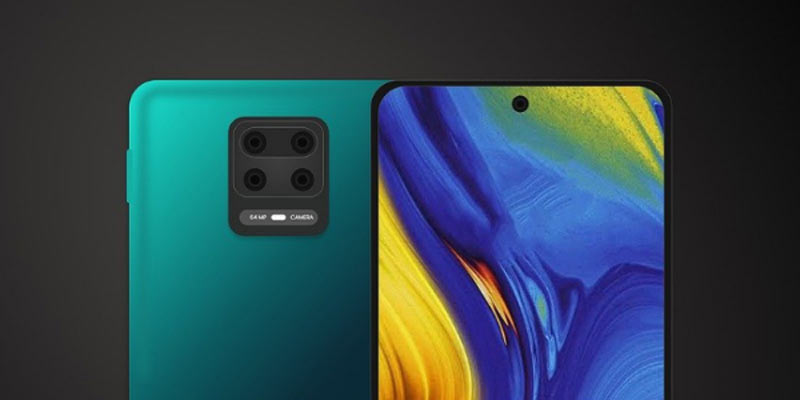
Conclusion
As Xiaomi gears up to introduce HyperOS 1.0 to the initial nine devices, users can look forward to substantially enhancing performance, features, and overall user experience. It signifies a crucial milestone for Xiaomi enthusiasts globally. With assurances of additional devices receiving the update in the near future, the brand is poised to set new benchmarks in the realm of cutting-edge operating systems. As of now, Xiaomi’s HyperOS 1.0 is only the beginning of a slew of other updates and innovations fit to rival every other flagship device in the modern market.
